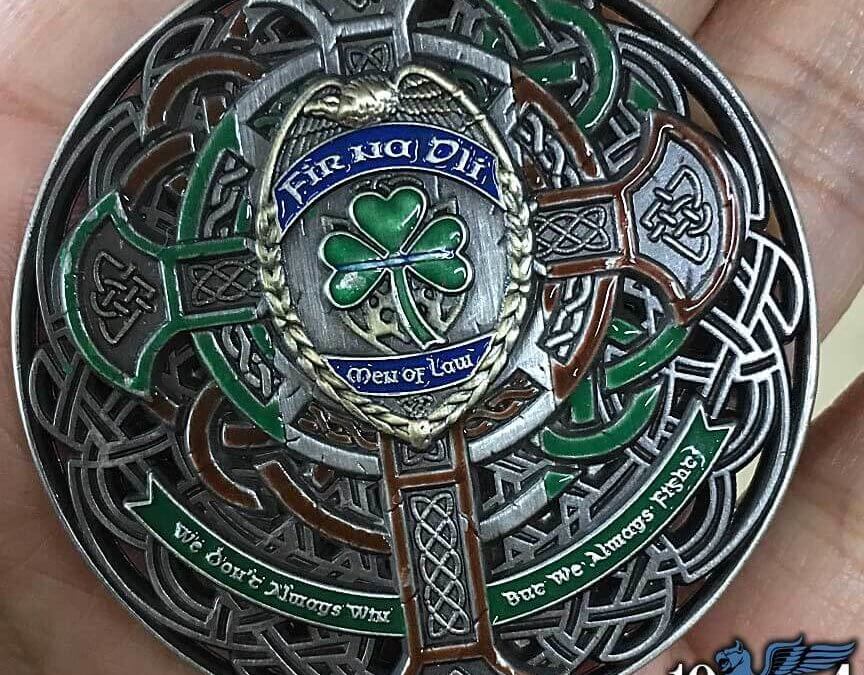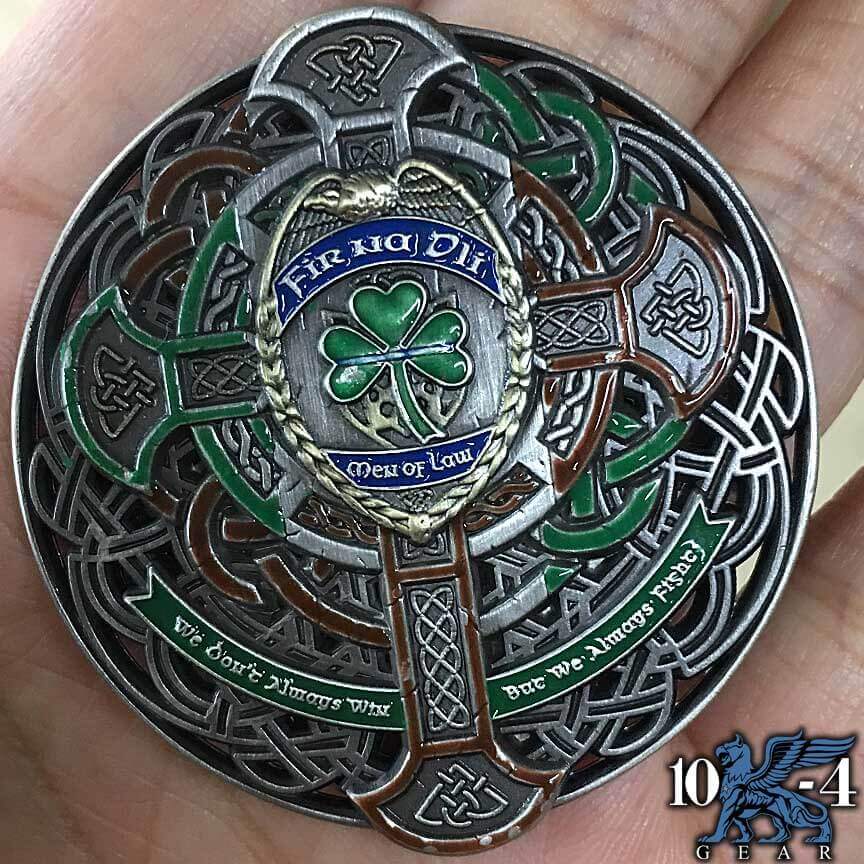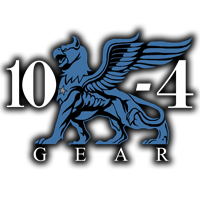Men Of Law “Fir Na Dli” Irish Heritage in America. There might not be a stronger brotherhood and sisterhood when it comes to law enforcement. On a daily basis the men and women who wear the uniform of a law enforcement official whether it be a city police officer, a state sheriff or trooper, someone assigned as part of a two person K9 team, border patrol, prison guard and more form the Thin Blue Line. Men of Law “Fir Na Dli” and the Thin Blue Line form a line that separates the wolves and criminality from the sheep often referred to as society.
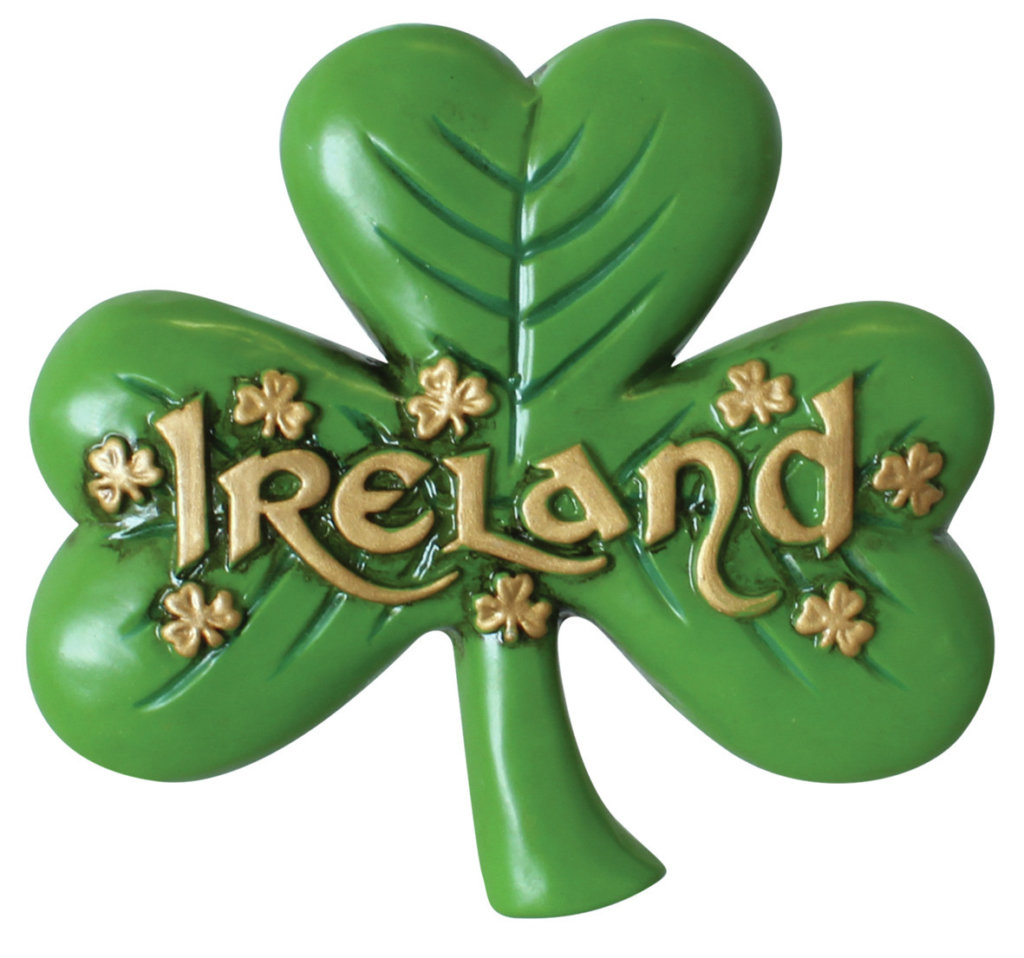
What does Fir Na Dli mean in Gaelic?
It means men of law.
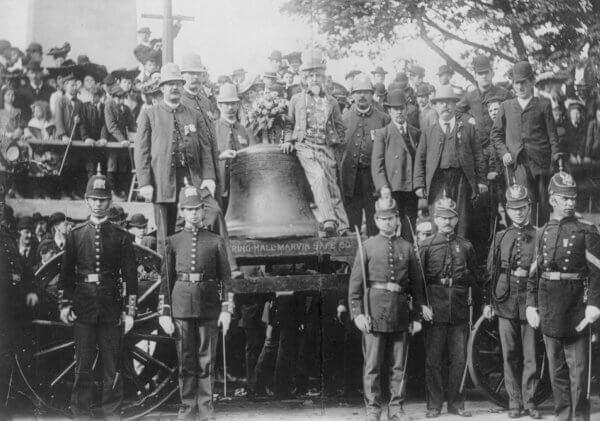
Fir Na Dli
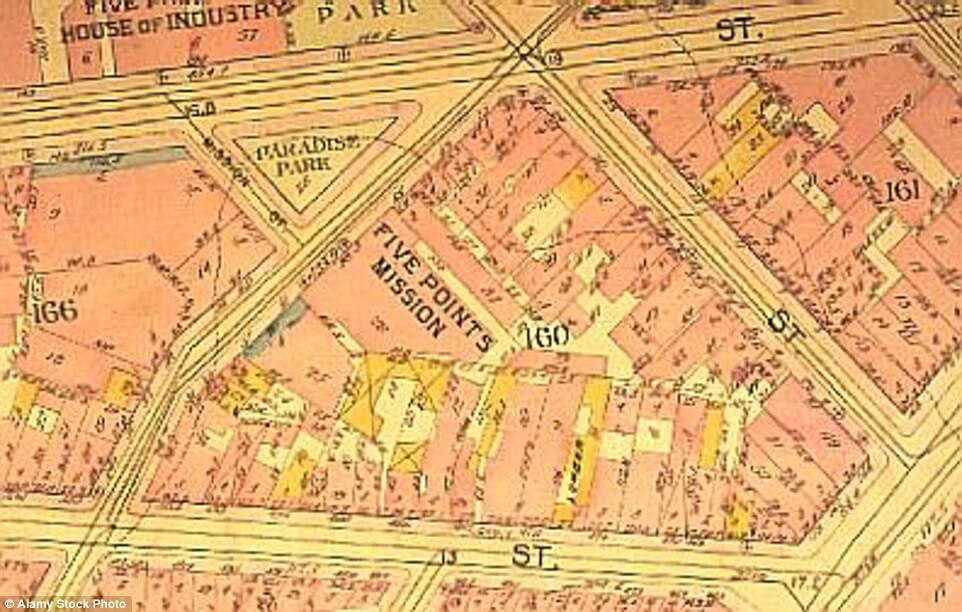
Fir Na Dli! Since the founding of the United States there has been law in this country and stemming back to the the early 1800’s there has been an immigrant population that has taken up the role of law enforcement: The Irish! This proud group of hard working men and women have been essential to the success of law enforcement in America and have formed its backbone. There is so much history and tradition rooted in American law enforcement that can take up volumes of books.
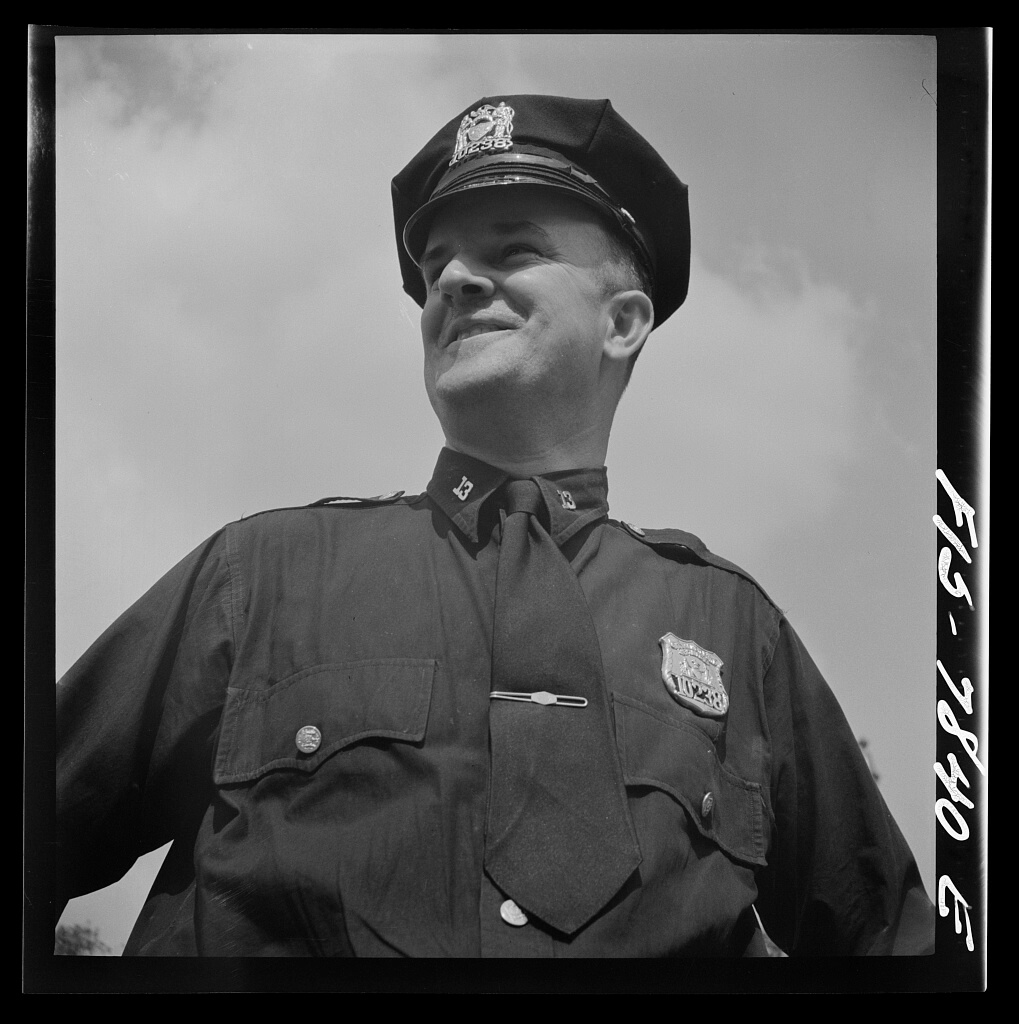
Fir Na Dli meaning “men of law” in Gaelic as well as the importance of the year 1838 which was the year the first police department was founded in the United States which was located in Boston .
Without question if you type in Fir Na Dli you are going to end up with endless Google ads and images of someone pushing some basic Irish looking law enforcement shirt and the pages just stack up endlessly. In fact there were notably 10 pages of content when Fir Na Dli was typed into a Google search and those Google pages were packed with guess what? Zero. Nada. There was absolutely no substance. I was going to honestly write a lengthy article about the terms and ideas associated with this important Gaelic slogan that has made its connection to American law enforcement but after researching this important topic I was met with disappointment.

If we look at America we are basically a culture made up on countless backgrounds and countries where the vast majority of our ancestors were running for their lives from some dictator or nasty form of government that was going to put the hurt locker on them. So it was time to get the fuck out. Then you had those running from the law and this was their one and only chance to get out of some other country and find a whole new existence in the New World called America.
Maybe it was the lack of food or a blight that killed off the potato harvest that so many relied upon and instead of starving it was time to look to the West. Well America sounds good. Let’s go there millions would say. They traveled to places like New York City and passed by the Statue Of Liberty on their way to Ellis Island where they were thrown in with the masses coming from all over the world. The came from Russia, Italy, Poland, Germany and more and they settled in neighborhood unfamiliar to them made up up of neighbors that came from other places and no one spoke each other’s language. Some got along and some didn’t. But what did happen was fir the first time in American history the great melting pot occurred and with it the start of many traditions that would continue to this day. One of them was the connection the Irish immigrants had with law enforcement as they looked for jobs they were well suited for.
Gangs of New York Movie by Martin Scorsese featuring roots of Irish in America and their role in law enforcement.
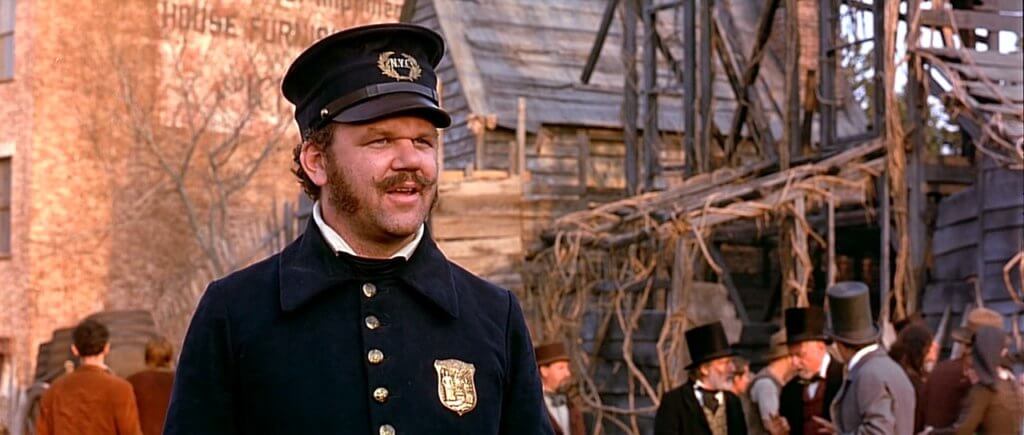
The Irish settled in New York, Boston and many of the cities along the Eastern half of the United States. They brought with them their hard work, their dedications, their talents and ultimately their traditions. One of these traditions were their desire to exceed in their professions whether it was fighting fire or in the case of many they took to law enforcement.
Fir Na Dli is one example of how the Irish with their Gaelic background brought their words and used them in a slogan that formed a connection to one another that formed a bond and became a line. A Thin Blue Line.
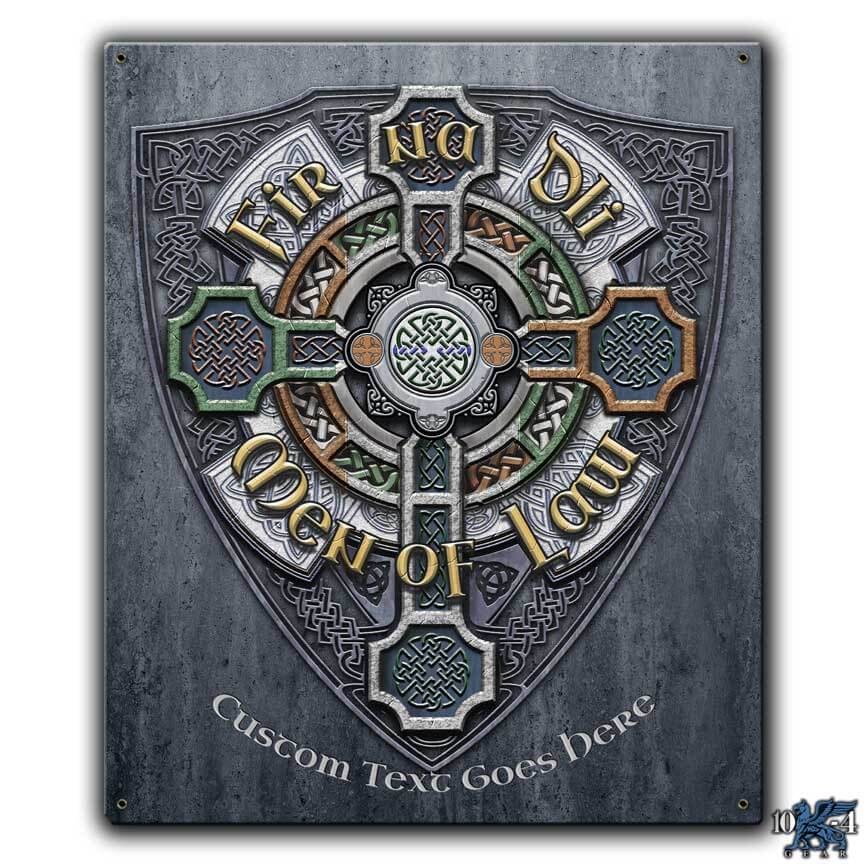
Why do all the cops seem Irish?
“All the cops turned Irish, the Jewish cops, like Goldberg, but also the Italian cops, the Latin cops and the black cops.”
–Tom Wolfe, “The Bonfire of the Vanities“
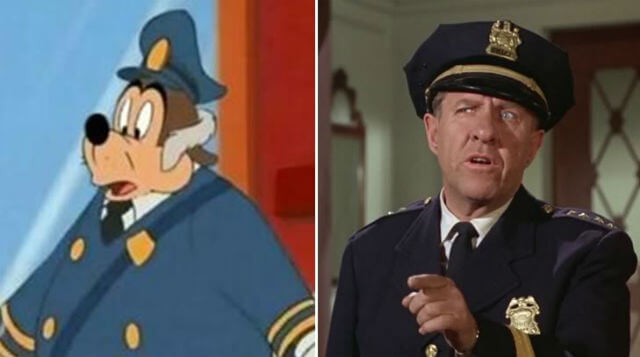
Tom Wolfe’s observation about the Irish- Mirabai of police culture still rings true 20 years later. It makes a strong case for the Irish connection to law enforcement and how things moved into focus and still does to this day.
If he’s a cop he must be Irish? One of the most enduring and long lasting stereotypes we have is the Irish-American cop–the billy club swinging, brogue-talking flatfoot beat cop, with names like Murphy, O’Connell and O’Hara. Hollywood films and television and movies are full of “Irish” cops, complete with hokey accents, standing around pushing their caps back with the tip of a nightstick while saying things like “begorrah” and “saints preserve us.” You know you have sen these films. Too many to name.
Even Bugs Bunny did an Irish cop impersonation in the animated short “Bugs and Thugs”: “Oho, he’s hidin‘ in that stove, eh?” It doesn’t get anymore American than Bugs right?
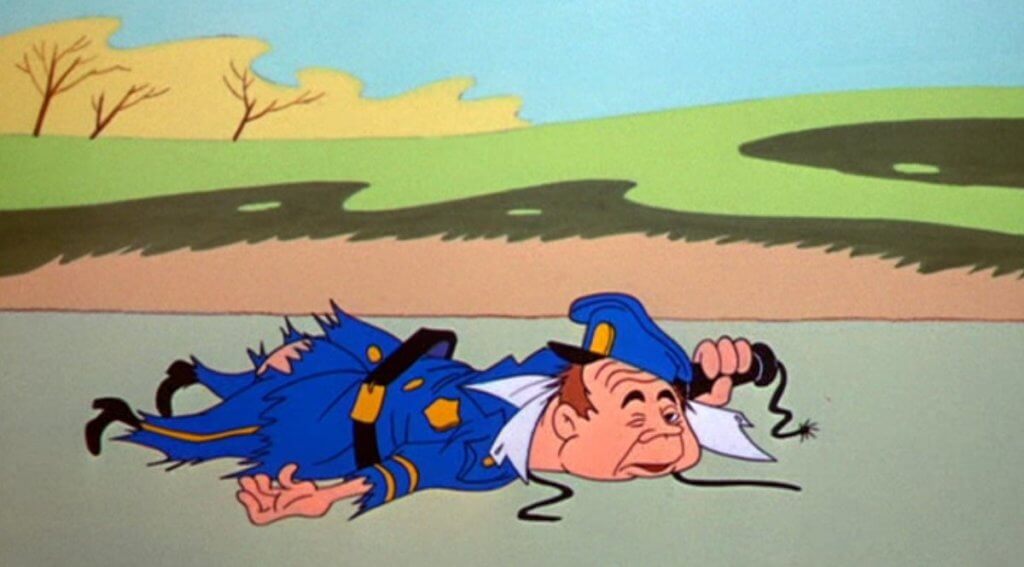
NY Times writer Dan Barry has a good take on the phenomenon in this article: “Begorrah! Irish cops, yet again.”
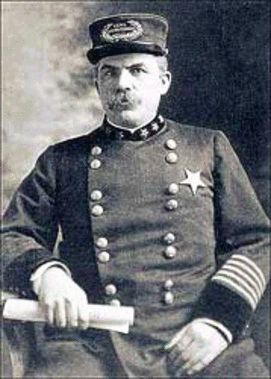
Headed the Chicago Police Department from 1901-1905
Lately Hollywood has shown more enthusiasm for exploring a darker vision of Irish cops in hit movies like “The Departed” and “Pride and Glory”. The plot of “The Departed” bears more than a passing resemblance to the story of Irish mobster James “Whitey” Bulger. Bulger was cultivated as an informant by the FBI. The agent assigned to him, John Connolly, grew up with Bulger in the same Boston housing project. Connolly is now in prison for feeding information to Bulger for several years, helping Bulger avoid prosecution. Bulger took a powder and is still on the FBI’s “most wanted” list until later caught in California. Johny Depp had a similar experience portraying this Southy Boston gangster in the film “Black Mass” with similarities to the original story line told from a different perspective.
For the great Gaels of Ireland
Are the men that God made mad.
For all their wars are merry,
And all their songs are sad.
–G.K. Chesterton, “The Ballad of the White Horse”
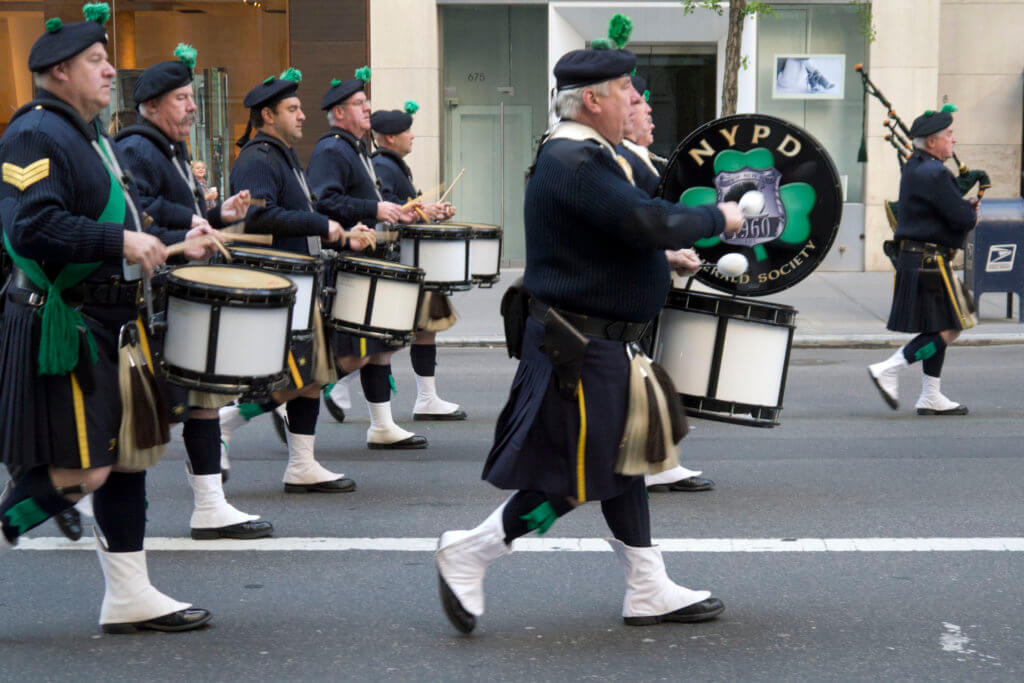
It can easily be said that cops are never as Irish as we are at police funerals and memorial services. The pipes and drums accompany the march to the graveside, and hearing Amazing Grace at the end of the service is an experience that is at once beautiful, stirring and heartbreaking. We lose law enforcement officers nearly daily and many of them have Irish backgrounds and come from generations of law enforcement officers from one family member to the next. Cops, especially Irish cops, are unrivaled in our ability to shift quickly and effortlessly from inappropriate humor to maudlin sentimentality to seething rage and back again. Alcohol helps. Another stereotype we are sure.
So what’s the deal with all this Irish culture in policing? It’s a remnant from a time when, in cities like New York, Boston and Chicago, there were just a lot of Irish cops. No one wanted to be a cop back in the day and these jobs were for the taking. People needed to eat so Irish immigrants sought out these jobs. Irish immigrants started their climb up the ladder by joining police forces in large numbers. In the early 1900’s nearly 5 out of 6 NYPD cops was of Irish descent. The numbers do not lie. A lot of their customs and rituals took hold and remain today, including the playing of the pipes and drums. Their terms, slogans, words such as Fir Na Dli became the glue that bonded one officer to another in teamwork.
Here’s a good quote, from the Emerald Society of Illinois website:
“The bagpipe is much used by the Irish. To its sounds, this unconquered, fierce, and warlike people march their armies, and are encouraged to feats of valor. With it, they also carry their dead to the grave, making such a mournful sound, as to force the bystander to weep”.
– Vincenzo Galilei, 1581
Here in Chicago, Francis O’Neill, a native of County Cork, joined the Chicago Police Department in 1873. He became chief in 1901. During his tenure as chief, he formed an Irish music club and recruited some well-known Irish traditional musicians into the department. Over the years he became well known as a collector and publisher of traditional Irish music.
There are still plenty of departments where you can’t swing a cat without hitting an Irishman, and a career in law enforcement is referred to as “Irishwelfare“. Nearly every major police department has an Emerald Society.
Not every battle ends in a victory and not every hero survives the battle but like our law enforcement officers who are warriors, who do present themselves when a battle must be fought they will always fight. They fight for all of us because some of us are unable to do so. They are here for us whether you agree or don’t. Law is always favorable over chaos and to prevent anarchy and the destruction of our laws the Thin Blue Line fights every battle. They know “We Don’t Always Win But We Always Fight!”
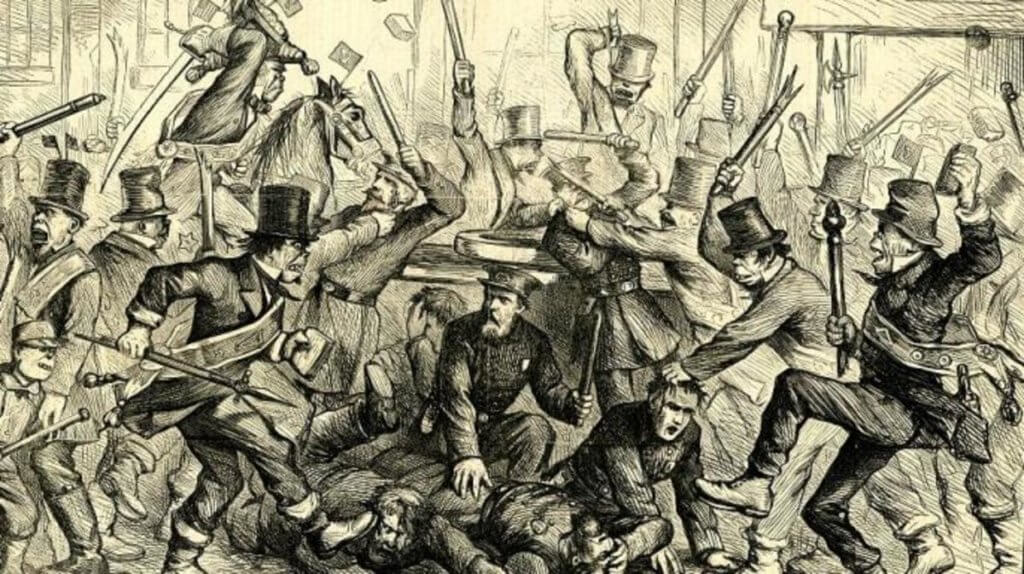
10-4 Gear has recently re-released their Men Of Law “Fir Na Dli” police challenge coins to usher in their love and respect for the men and women who serve our communities, are part of the Thin Blue Line and who unselfish acts of bravery protect us. This is a police challenge coin for them, their family and their friends.

